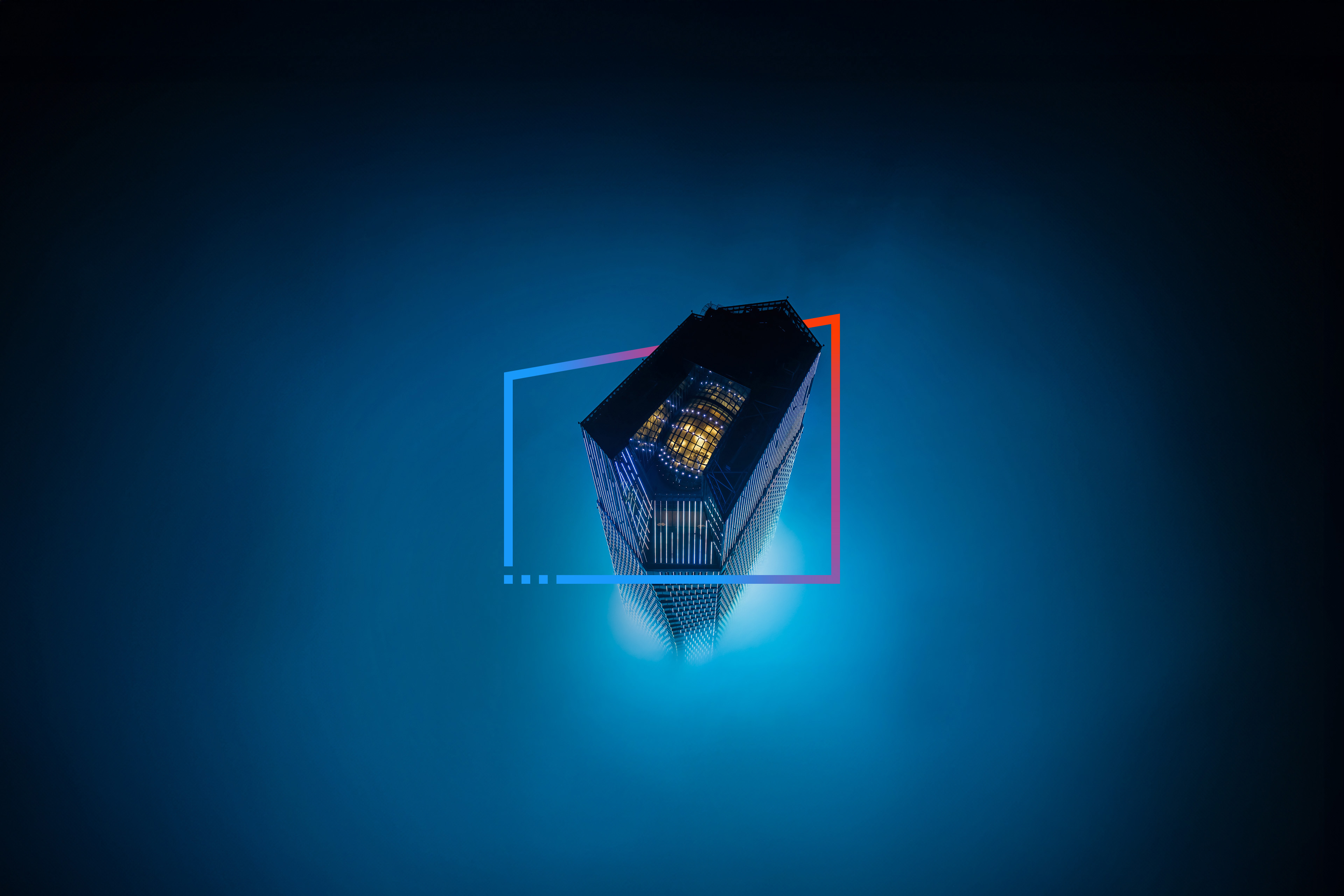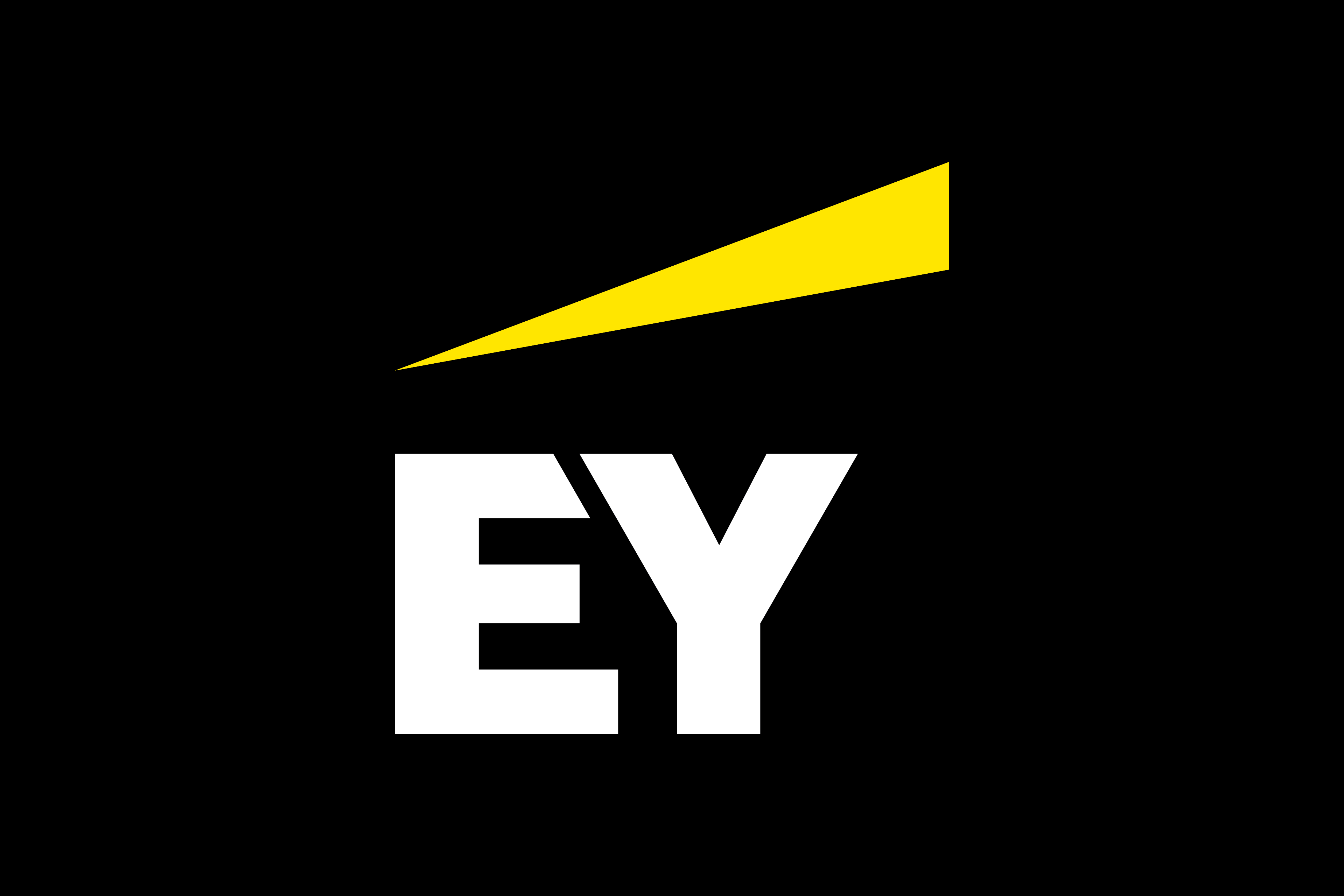EY refers to the global organization, and may refer to one or more, of the member firms of Ernst & Young Global Limited, each of which is a separate legal entity. Ernst & Young Global Limited, a UK company limited by guarantee, does not provide services to clients.

Tax Alert 2024 No. 09, 29 February 2024
Draft legislative proposals for the introduction of Canada’s clean technology manufacturing investment tax credit (ITC), which was announced in the 2023 federal budget,1 were released for public consultation on 20 December 2023. The draft legislative proposals also contained measures related to the clean hydrogen ITC, which will be discussed in a separate Tax Alert.
In this Tax Alert, we provide an overview of the draft legislative proposals, including the key design features of the clean technology manufacturing ITC included in proposed section 127.49 of the Income Tax Act (the Act). The proposals described below may undergo further amendments before they are tabled in a bill.
Overview of the clean technology manufacturing ITC
The clean technology manufacturing ITC draft legislative proposals are generally consistent with the previous announcements relating to the credit by the federal government. The purpose of the credit, as provided for in proposed subsection 127.49(19), is to encourage the investment of capital in Canada for qualified zero-emission technology manufacturing activities, the extraction and processing of six key critical minerals, and similar recycling and synthetic graphite activities (see “Clean technology manufacturing use” below).
The ITC will be refundable and available to qualifying taxpayers that make eligible investments in certain clean technology manufacturing property that is acquired and available for use on or after 1 January 2024 and before 2035 for eligible clean technology manufacturing use. The tax credit rate varies depending on the year in which the property is acquired and becomes available for use (see “Clean technology manufacturing ITC rates” below).
The credit is available in respect of the capital cost of certain eligible equipment that qualifies as clean technology manufacturing property, as described below. Eligible equipment will include certain property described in capital cost allowance (CCA) Classes 8, 10, 12, 41, 38, 43, 43.1, 43.2, 53 and 56, which have declining-balance-basis CCA rates ranging between 20% and 100%. Eligible equipment included in these CCA classes will also be eligible for enhanced first-year depreciation under the accelerated investment incentive if acquired and available for use before 2028.
The legislative proposals include several definitions that are relevant for the purposes of determining the clean technology manufacturing ITC of a taxpayer.
Qualifying taxpayers
A qualifying taxpayer is defined as a taxable Canadian corporation. Thus, the definition ensures that the clean technology manufacturing ITC is only available to taxable Canadian corporations and taxable Canadian corporations that are members of partnerships that acquire eligible clean technology manufacturing property.
For a qualifying taxpayer that is a member of a partnership, the amount of ITCs allocated to each partner must be reasonable in the circumstances, in light of the capital invested in or work performed for the partnership by each member.
Clean technology manufacturing use
To qualify for the clean technology manufacturing ITC, an investment must be made in eligible property for a clean technology manufacturing use, as defined in proposed subsection 127.49(1).
More specifically, there are two categories of use that may qualify for purposes of the credit:
- Property used all or substantially all in performing certain qualified zero-emission technology manufacturing activities defined in section 5202 of the Income Tax Regulations.
- Examples include manufacturing or processing of energy conversion equipment (e.g., solar, wind, water and geothermal equipment), manufacturing or processing of electrical energy storage equipment used for storage of renewable energy, and manufacturing or processing related to zero-emission vehicles (including integral components such as batteries, fuel cells and charging stations).
- Property used in qualifying mineral activities producing all or substantially all qualifying materials (i.e., lithium, cobalt, nickel, copper, rare earth elements and graphite) as defined in proposed subsection 127.49(1) of the Act.
- Examples of qualifying mineral activities include extraction and certain mineral processing activities, both before and after the prime metal stage or its equivalent, related to qualifying materials, as well as certain recycling activities.
Property eligible for the clean technology manufacturing ITC
Eligible property for purposes of clean technology manufacturing use can be classified into the following five categories:
i. Certain machinery and equipment used for manufacturing or processing, including industrial robots used to manufacture electric vehicles and vats used in the processing of cathode active materials. For example, this category includes:
- Property that is used directly or indirectly, in Canada, primarily in the “manufacturing or processing” of goods for sale, as described in Class 53; and
- Clean technology property included in Class 43.1 and 43.2 that would otherwise be included in the above.
ii. Certain tangible property attached to a building or other structure that is used primarily for manufacturing or processing or that is required for machinery or equipment (e.g., a ventilation system used to remove chemical fumes or specialized electrical wiring used to supply power to solar panel manufacturing equipment). For example, this category includes:
- Tangible property attached to a structure and acquired primarily for the purpose of servicing, supporting or providing access to or egress from machinery or equipment, or manufacturing or processing, as described, with modifications, in Class 8 (b); and
- Clean technology property included in Class 43.1 and 43.2 that would otherwise be included in the above.
iii. Certain property used for mineral extraction and processing (e.g., equipment used to crush rock containing copper ore or kilns used to calcinate nickel ore). Other examples include:
- Property acquired for the purpose of gaining or producing income from a mine and that is a structure included in Class 8 or machinery or equipment, as described in Class 10 (k)(i) and (k)(ii); and
- Clean technology property included in Class 43.1 and 43.2 that would otherwise be included in the above.
iv. Certain specialized tooling (e.g., moulds used to cast copper ingots at smelters or cutting parts of a machine used to cut solar cells). Examples include:
- Dies, jigs, patterns, moulds or lasts, or the cutting or shaping parts in a machine, included in Class 12 (d) or (j).
v. Non-road vehicles and automotive equipment (e.g., electric vehicles designed for use in factories or hydrogen-powered vehicles designed for extracting rock from mine sites). For example, this category includes:
- Zero-emission vehicles described in Class 56; and
- Automotive equipment and trailers, excluding property designed or adapted for use on streets and highways, as described in Class 10 (a) or (e).
In addition, the eligible equipment described above must also meet the following conditions to qualify as clean technology manufacturing property that is eligible for the ITC:
- It must be situated in and intended to be used exclusively in Canada.
- It must be new property (i.e., not previously used equipment; this requirement ensures that the credit is only available for new equipment).
- If it is to be leased by the taxpayer, it must be leased:
- To another person that is a qualifying taxpayer or to a partnership of which all the members are taxable Canadian corporations (and not an individual); and
- In the ordinary course of carrying on business in Canada by the taxpayer whose principal business is selling or servicing property of that type or is a leasing or moneylending (or similar) business.
Excluded property
Certain property is specifically carved out from property that may qualify for the clean technology manufacturing ITC. The draft legislative proposals define excluded property as any property used in the production of battery cells or modules if the production has benefitted from, or can reasonably be expected to benefit from, support under a contribution agreement with the Government of Canada.
Clean technology manufacturing ITC rates
Qualifying clean technology manufacturing property is eligible for an ITC at the following rates, depending on the time of acquisition. Similar to other ITCs addressed in section 127 of the Act, the equipment is deemed to have been acquired by the taxpayer in the year in which the property becomes available for use. Property acquired before 1 January 2024 and after 31 December 2034, as well as property acquired prior to 1 January 2024 that becomes available for use after 1 January 2024, will not be eligible for the ITC.
| ITC rate |
Acquired after 31 December 2023 and before 2032 | 30% |
Acquired after 31 December 2031 and before 2033 | 20% |
Acquired after 31 December 2032 and before 2034 | 10% |
Acquired after 31 December 2033 and before 2035 | 5% |
Acquired after 31 December 2034 | Nil |
Calculating the ITC base
The capital cost base on which the ITC is calculated must be adjusted for any other ITCs applicable to the property under section 127 of the Act. In addition, the clean technology manufacturing ITC cannot be claimed on property that is eligible for the carbon capture, utilization and storage (CCUS) ITC, the clean technology ITC2 or the clean hydrogen ITC.
Special rules apply where the property is transferred between non-arm’s length parties.
If the taxpayer has received assistance or is entitled to receive assistance, either from the government or non-government organizations, the capital cost of the property eligible for the ITC must be reduced by the amount of the assistance received or receivable. If the taxpayer subsequently repays the assistance received, or the assistance is no longer expected to be received, the amount repaid may be eligible for the ITC.
If a portion of the cost of the property capitalized remains unpaid after 180 days from the end of the taxation year in which it became available for use, the capital cost of the property must be reduced by the unpaid amount. The amount can later be added back to the capital cost upon payment of the outstanding balance.
Time limit for ITC application
Proposed subsection 127.49(3) provides a time limit on filing the prescribed form necessary to be eligible for the clean technology manufacturing ITC. Specifically, the prescribed form must be filed on or before the day that is one year after the taxpayer’s filing due date for the year. A consequential change to subsection 220(2.2) removes the Canada Revenue Agency’s discretion with respect to waiving this requirement.
Recapture of ITC
A recapture of the ITC received will apply if the property is converted to a non-eligible use, disposed of or exported from Canada within 10 years of the date it was acquired. The amount of the ITC repayable is calculated as the lesser of the ITC received and the amount calculated by multiplying the ITC by the amount of the proceeds of disposition in an arm’s length transaction, or the fair market value of the property when it is sold to a non-arm’s length party, converted to a non-eligible use or exported from Canada, as a percentage of the capital cost of the property on which the ITC had been claimed.
The recapture of the ITC may be deferred where the property is transferred to a related party that is also a taxable Canadian corporation and that “purchaser” will use that property for qualifying clean technology manufacturing use.
Separate recapture rules would apply to partnerships.
Also, where the recapture rules apply, or the recapture is deferred as a result of the related party relief, the taxpayer will be required to notify the minister in prescribed form and manner, on or before the taxpayer’s filing due date for that year. Consequential amendments to the Act will extend the assessment period where the notification has not been filed in prescribed form and manner with the minister.
Conclusion
The clean technology manufacturing ITC is one of several new proposed ITCs aimed at helping Canada transition to a clean economy, along with clean technology ITC, the CCUS ITC and the clean hydrogen ITC. To date, draft legislation for the clean technology ITC and the CCUS ITC have been included in a bill.
Learn more
For more information on the proposed clean technology manufacturing ITC legislation, contact your EY or EY Law advisor, or one of the following professionals.
Toronto
Scarlett Choi
+1 416 932 5863 | scarlett.choi@ca.ey.com
Dharmesh Gandhi
+1 416 932 5755 | dharmesh.gandhi@ca.ey.com
Martin McLaughlin
+1 416 932 5751 | martin.mclaughlin@ca.ey.com
Quebec
Julia Bolpois
+1 514 879 2709 | julia.bolpois@ca.ey.com
Atlantic Canada
Brett Copeland
+1 902 421 6261 | brett.copeland@ca.ey.com
Prairies
Korey Conroy
+1 403 956 5778 | korey.conroy@ca.ey.com
British Columbia
Sean Verret
+1 604 891 8341 | sean.verret@ca.ey.com
________________
Download this tax alert
Budget information: For up-to-date information on the federal, provincial and territorial budgets, visit ey.com/ca/Budget.



